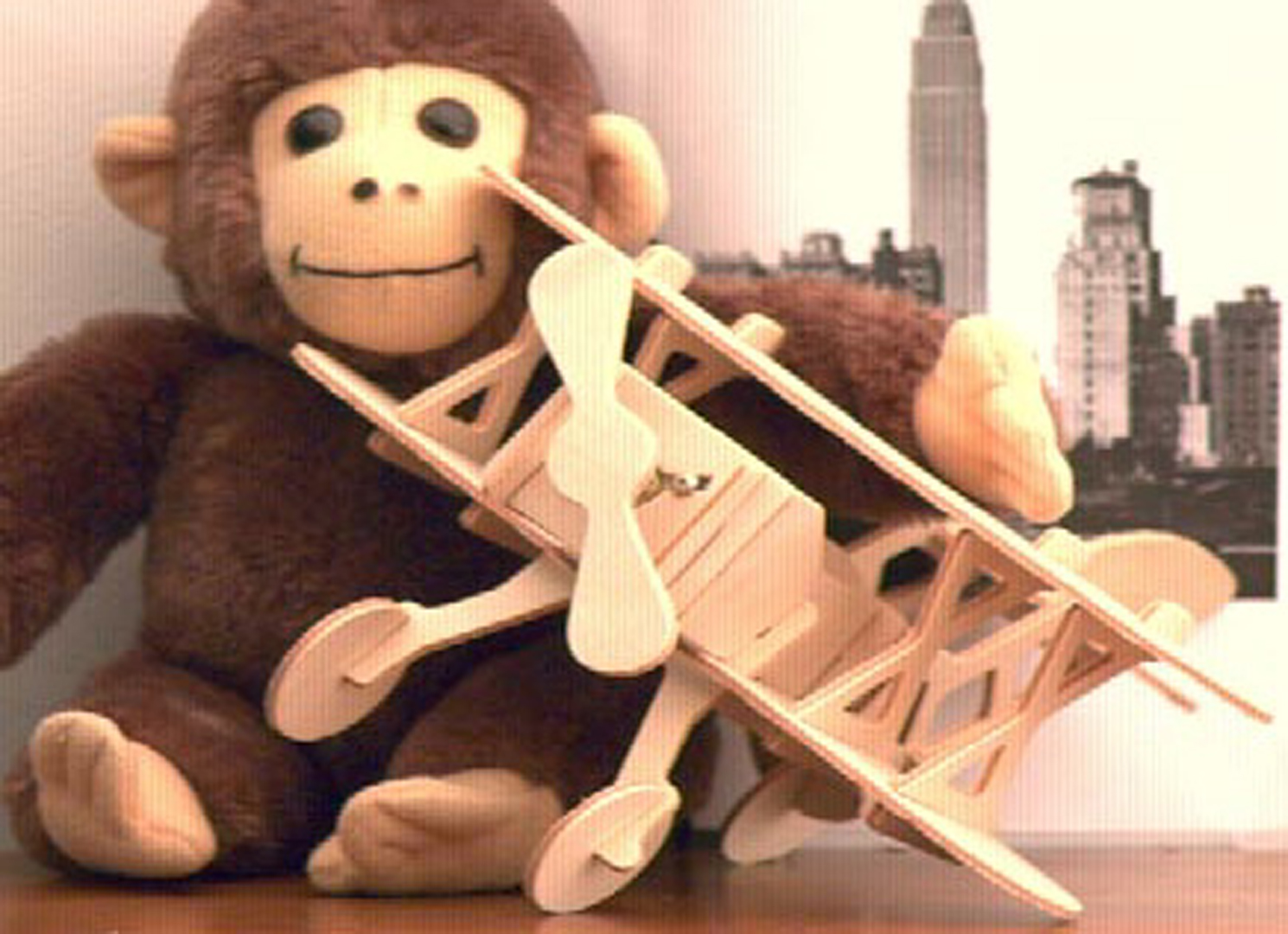“Image-based motion blur for stop motion animation” by Essa and Brostow
Conference:
Type(s):
Title:
- Image-based motion blur for stop motion animation
Presenter(s)/Author(s):
Abstract:
Stop motion animation is a well-established technique where still pictures of static scenes are taken and then played at film speeds to show motion. A major limitation of this method appears when fast motions are desired; most motion appears to have sharp edges and there is no visible motion blur. Appearance of motion blur is a strong perceptual cue, which is automatically present in live-action films, and synthetically generated in animated sequences. In this paper, we present an approach for automatically simulating motion blur. Ours is wholly a post-process, and uses image sequences, both stop motion or raw video, as input. First we track the frame-to-frame motion of the objects within the image plane. We then integrate the scene’s appearance as it changed over a period of time. This period of time corresponds to shutter speed in live-action filming, and gives us interactive control over the extent of the induced blur. We demonstrate a simple implementation of our approach as it applies to footage of different motions and to scenes of varying complexity. Our photorealistic renderings of these input sequences approximate the effect of capturing moving objects on film that is exposed for finite periods of time.
References:
1. J. R. Bergen, P. .J. Burt, R. Hingorani, and S. Peleg, Computing Two Motions from Three Frames. In Proceedings of International Conference on Computer Vision 1990, pages 27-32, 1990.
2. M. J. Black, P. Anandan, The robust estimation of multiple motions: Parametric and piecewise-smooth flow fields. Computer Vision and Image Understanding, CVIU, 63(1), pp. 75-104, Jan. 1996.
3. G. Bradksi and V. Pisarevsky. Intel’s computer vision library: Applications in calibration, stereo, segmentation, tracking, gesture, face, and object recognition. In In Proc. of IEEE Computer Vision and Pattern Recognition Conference 2000, volume II, pages II:796-797, 2000. Demonstration Paper.
4. G. J. Brostow, I. Essa. Motion Based Decompositing of Video. In Proc. of International Conference on Computer Vision, pages 8-13, September 1999.
5. B. Cabral and L. Leedom. Imaging Vector Fields Using Line Integral Convolution, Proc. of ACM SIGGRAPH 1993, pages 263-270, 1993.
6. R. L. Cook, T. Porter, L. Carpenter. Distributed Ray Tracing. In Proc. of ACM SIGGRAPH’84, pages 137-145, July 1984.
7. P. Cucka. Postprocess 2D Motion Blur for Cel Animation. In ACM SIGGRAPH 1999 Conference Abstracts and Applications, Technical Sketch, page 265, August 1999.
8. O. Faugeras. Three-Dimensional Computer Vision : A Geometric Viewpoint MIT Press, November 1993.
9. T. Grimm, J. Burchfield, M. Grimm. The Basic Darkroom Book. Plume, 3rd Edition, August 1999.
10. H. Kalva. Delivering MPEG-4 Based Audio-Visual Services. Kluwer Academic 2000.
11. J. D. Korein, N. I. Badler. Temporal anti-aliasing in computer generated animation. In Proc. of ACM SIGGRAPH’83, pages 377-388, July 1983.
12. P. Lord, B. Sibley. Creating 3-D Animation : The Aardman Book of Filmmaking Harry N. Abrams Inc., Publishers. October 1998.
13. D. Morley. The Focal Guide to Action Photography. Focal Press, London, 1978.
14. M. Potmesil, I. Chakravarty. Modeling motion blur in computergenerated images. In Proc. of SIGGRAPH 1983, pages 389-399, July 1983.
15. T. Smith Industrial Light and Magic: The Art of Special Effects. New York: Ballantine Books, 1986.
16. D. Tweed and A. Calway. Motion Segmentation Based on Integrated Region Layering and Motion Assignment. Proc. of Asian Conference on Computer Vision, pages 1002-1007, January 2000.
17. M. C. Vaz, P. R. Duigan, Industrial Light and Magic: Into the Digital Realm. New York: Ballantine Books, 1996.




